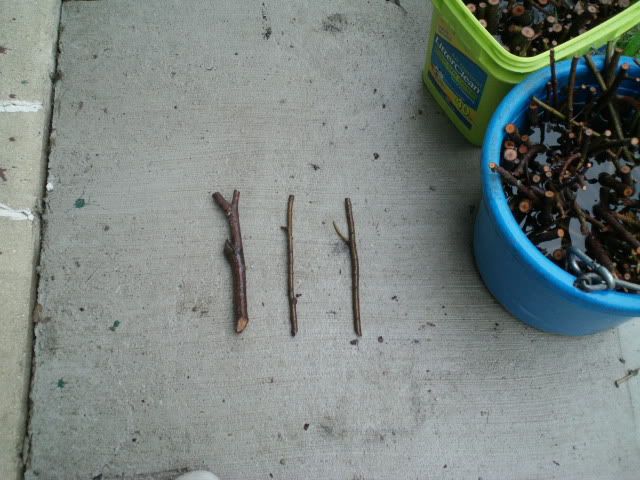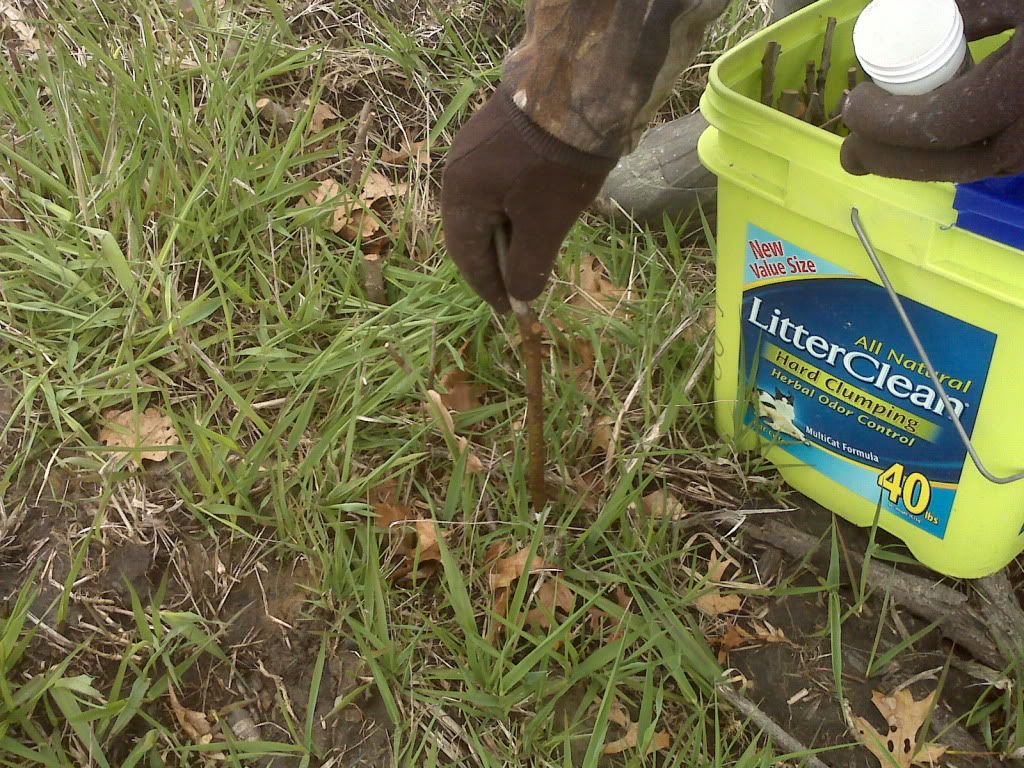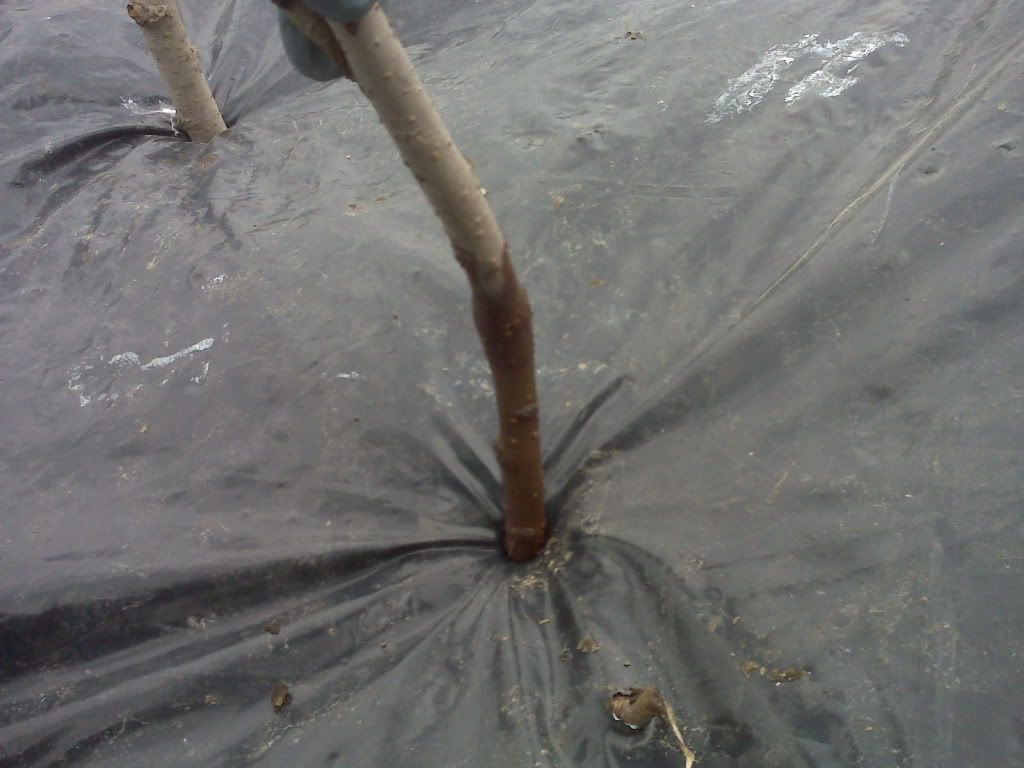dbltree
Super Moderator
My son helped me catch up on my own tree planting and we finally finished up planting 100 Norway Spruce and 250 red cedars. The Norway Spruce we planted as both a screen and for looks along our driveway

2 rows staggered so eventually they will screen the field

The red cedars we planted around the edge to screen the timbered areas

As a screen only we planted them 3-4' apart

I was concerned about Phomopsis blight but these seedlings have been heeled in the garden for 2 weeks now and appear to be in good shape.

Most are a healthy color

It's common to have some look like this but usually they recover

Increasingly I notice cedar screens along fields exposed to the road as more and more landowners make an effort to protect their deer from poachers and to just make them feel safe on their property. :way:

2 rows staggered so eventually they will screen the field

The red cedars we planted around the edge to screen the timbered areas

As a screen only we planted them 3-4' apart

I was concerned about Phomopsis blight but these seedlings have been heeled in the garden for 2 weeks now and appear to be in good shape.

Most are a healthy color

It's common to have some look like this but usually they recover

Increasingly I notice cedar screens along fields exposed to the road as more and more landowners make an effort to protect their deer from poachers and to just make them feel safe on their property. :way:
















































